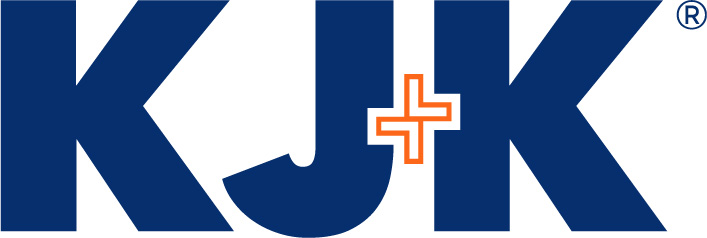On June 30, 2020, the Small Business Administration (SBA) will stop accepting new Paycheck Protection Program (PPP) loan applications. As of June 22, 2020 (counting approvals through June 20, 2020), over $100 billion remained for lending through the program, and a staggering $515 billion total has been lent in 4.67 million loans over the entire course of the program. While small businesses that already received PPP loans are prohibited from getting a second loan (unless legislation like the recently-introduced Prioritized Paycheck Protection Program Act is passed permitting it), small businesses that didn’t originally get a PPP loan, whether due to a less-than-ideal banking relationship or concerns about the program’s implementation or compliance obligations, still have a bite at the apple. And the good news is that not only do PPP borrowers have much better access to lenders, but the program’s rules also have been relaxed and clarified (albeit on a piecemeal basis) since the program initially launched.
Here are a few reasons to consider applying for a PPP loan before June 30:
- While some lenders have stopped taking loan applications, additional, non-traditional lenders have emerged to fill the void. Consider the entry of various fintech companies, including Intuit Quickbooks, PayPal and Kabbage, who have designed their PPP platforms to alleviate some of the friction in the loan application process. If you had any issues applying for a loan through your bank or other approved lender at first, consider applying through a fintech provider.
- In general, the rules have been made much more clear. While many of the program’s rules were implemented and clarified (as has been necessary due to some ambiguities and inconsistencies) after the program opened up in April, overall the process for applying for a loan, determining eligibility and many of the relevant calculations (loan amount, full-time equivalent employees, expenses incurred and payments made and forgivable amounts) are now much clearer than at the outset. New loan applicants will benefit from this increased clarity.
- Borrowers may now spend up to 40% of loan proceeds on nonpayroll costs. Originally, the cap on use of loan proceeds for nonpayroll costs was 25%. This has been increased, allowing borrowers to use more of the loan money on rent, mortgage interest and certain utility payments.
- The SBA has made it easier to achieve 100% forgiveness. Recent changes to the program implemented by the Paycheck Protection Program Flexibility Act (PPPFA) allow borrowers a 24-week “covered period” to spend their loan proceeds on forgivable expenses. This is triple the length of time originally allowed under the program and virtually assures that borrowers will have the chance to spend 100% of their loan proceeds on appropriate expenses before their covered period expires.
- The loan term has been extended from two years to five years. The PPPFA made the loan term for all PPP loans made on or after June 5, 2020 five years, whereas loans made prior to that date continue to have two-year terms (although lenders may elect to apply a five-year term).
- The repayment deferral period is generous. If a borrower submits a forgiveness application within 10 months after the end of the 24-week covered period, no principal or interest payments will be required before the date on which the SBA remits the forgiven amount to the lender or denies forgiveness.
In addition, Section 1112 of the CARES Act also may provide an alternative for potential borrowers. This alert covers the details of how it works, but at a high level, borrowers of specific types of SBA loans (including 7(a) loans but excluding PPP loans) originated before Sept. 27, 2020 will be able to take advantage of a six-month subsidy by the SBA. The SBA will cover six months of principal, interest and fee payments in connection with the loan. Note, however, that the loan terms will vary from those applicable to PPP loans, so those should be reviewed carefully.
Please reach out to Cary Zimmerman at caz@kjk.com or 216.736.7275 with any questions you have about the Paycheck Protection Program or other financial relief programs available to small businesses.
